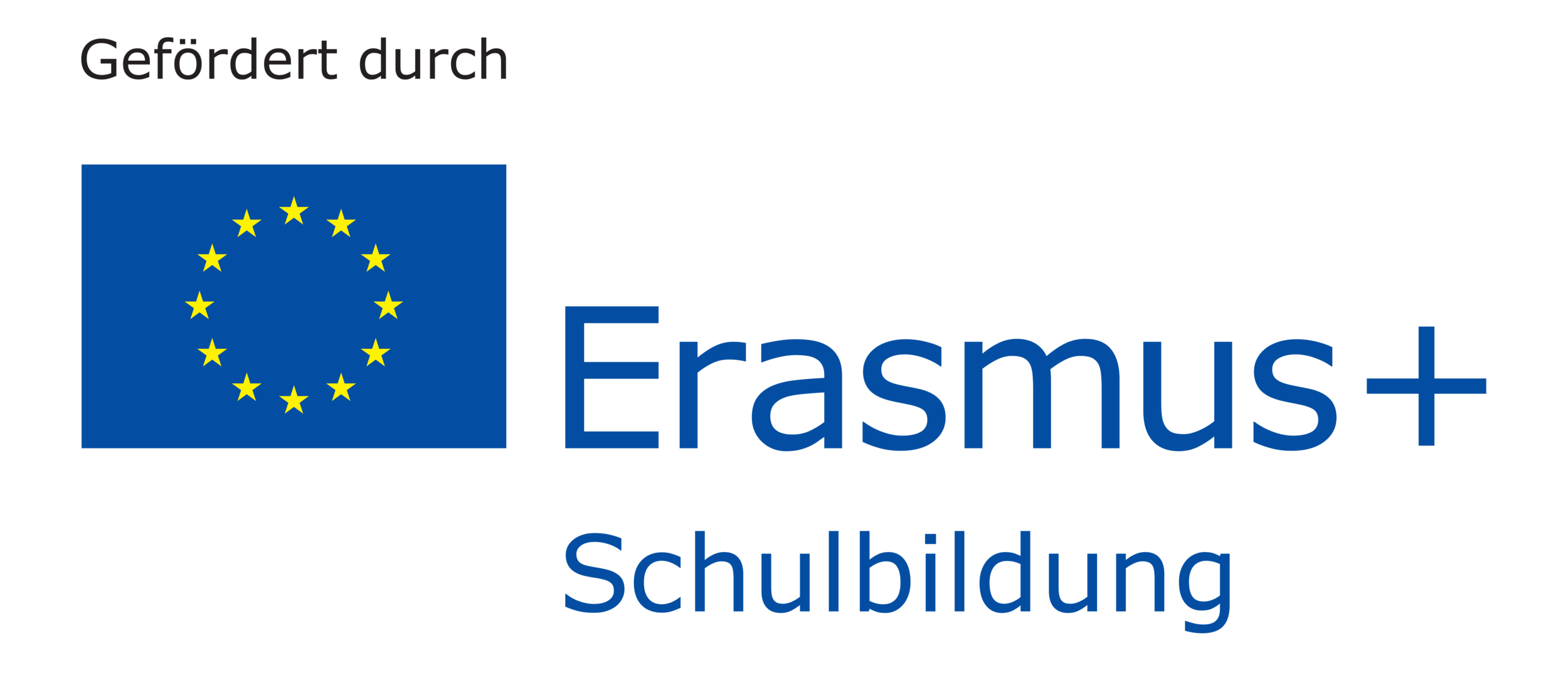Fostering a Community of Learners
In a society where competition is often used as a means to determine those who are the most capable, impairments and special abilities are often perceived as disadvantages. For example, if a child using a wheelchair is in a group of children who can walk, then this child is considered to be in need of special care.However, if a group of hearing-impaired children were to all communicate with sign language around a hearing child who was not familiar with it, would this child feel impaired? What society views as 'normal' is a cultural production (Davis, 2010), and through inclusion, educators can model for their group that everyone is welcome, seen and understood, that everyone brings something unique to the table, and that everyone works to support one another as a community of learners.
One can see just from these small examples that whether or not someone is referred to as needing special professional educational love and care completely depends on the situational context. All human beings are different, with varying physical and mental conditions that they live with. Major differences usually only become apparent when the status quo of a heterogenous group of people is challenged. For example, when Anahera joins her new kindergarten, her daily structure will most likely be different from that of other children. In this way, an impairment is always defined by the context.

